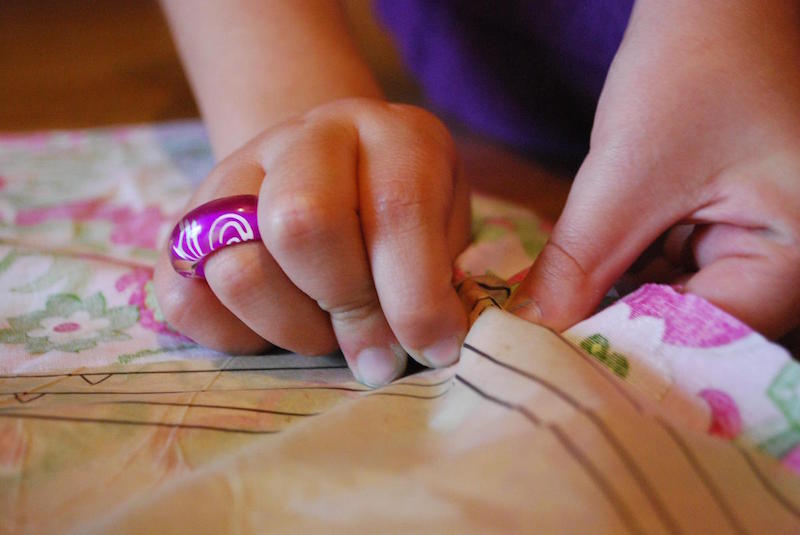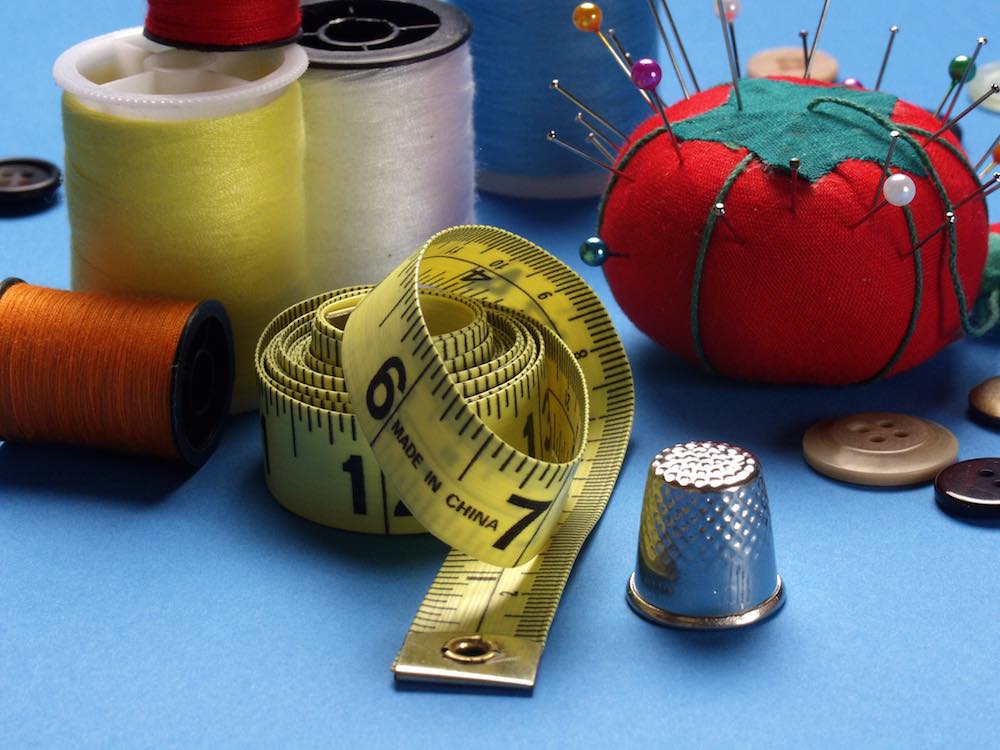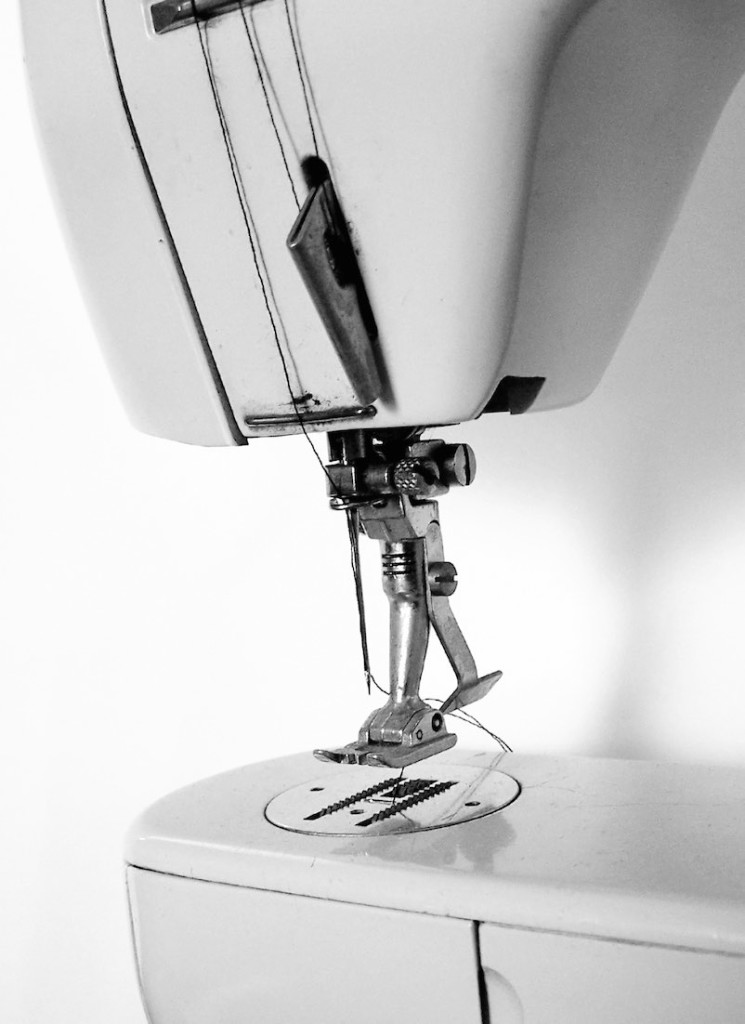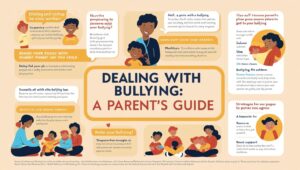
Sewing is a great activity for kids. Even Martha Stewart has a full article about sewing for kids, and I definitely trust her opinion.
Sewing gives children something to do with their hands, and it can act as good bonding time with their parents, as adult supervision is highly recommended. There are some studies that show that arts and crafts, like sewing, can help the development of children.
Let’s look at some of the basic equipment and then some projects.
Basic Equipment
The important thing about having children sewing, is making sure they have the right equipment for them. Most of the time you can get some hand-me-downs but it is nice to let a child pick out some of their own gear.

Sewing Machine
Sewing machines, while very helpful are very dangerous for children to use without adult supervision. If supervision is not available for the child, keep them on hand sewing for a while.

They may prick themselves a few times, but it’s much better than accidentally sewing themselves to the machine. There are a few sewing machines that are perfect for children and have basic options that will suit a beginner well. IF you really want to up your sewing fun, consider adding an embroidery machine to your craft room as well!
Sharp Things: Scissors, Pins, & Needles
Craft scissors are nice for adults, but kids need a pair fit for their hands. Any store with a sewing department will have a few sets of children’s sewing scissors.
Assorted pins and needles are a must for any person that sews.
Definitely get them a pin cushion to hold all of their pointy objects. The last thing a kid needs is to poke themselves because they left their needles all over the place.
Thimbles are a must for kids, and while they may have trouble using them properly, once they get the hang of it they’ll be sewing like a champ.
Sewing Projects For Kids
Scented Sachet
Possibly the easiest project a kid can do is a scented sachet. It’s a little packet filled with good smelling herbs and potpourri to keep a room smelling nice. It’s simple because all the child needs for this project is two pieces of fabric, a needle and thread and the filling. The trick is to sew everything but one side to fill the sachet, after the potpourri is in they can sew up the last side.
Tissue Pack Cover
Very similar to the scented sachet is a tissue pack cover. These can be used multiple times; all you need to do is fill it back up with tissues.
The main difference between this and the scented sachet is instead of sewing all but one side; you make an opening in the top side by having two pieces of fabric slightly overlap. As long as the child doesn’t sew this part shut, you can fill it with tissues for as long as you want.
Scarves
Once you get a child started sewing, give them a bit of a challenge and move them up in difficulty. Children want to be able to do projects that they can show off.
Scarves are a good way to go because the child can either wear it themselves and tell everyone that they made it, or they can give them away as gifts for Christmas, Mothers Day, or just because. Make sure the child has a template to make the scarf, otherwise it could come out twisted.
Kitchen Towels
While a child may not be able to sew an entire kitchen towel, they can add embellishments to already existing ones.
Give a towel a decorative stripe towards the bottom. This will help the child learn how to sew a straight line. If they’re having problems with it, you can always cut it away with a seam ripper and let the child try again.
Pillowcase
Possibly the biggest project for a child to do is sewing a pillowcase. They may not be able to make their own pillowcase at first, but they can start by decorating an already made pillowcase.
Give them patches of fabric to sew onto the case, this way they can practice the basics and work their way up to a full pillowcase. Get them fun fabrics with their favorite superhero to make their own pillowcase. It’s the little things like a fun design that will motivate a child to continue with their projects.
Conclusion
Sewing is a skill that can take a child far in life. Soon they’ll be able to hem their own clothes, or even make their own Halloween costumes.
However far the child wants to go with sewing, it’s always good to start off with the basics, and little projects such as these are an excellent way to get them started.


